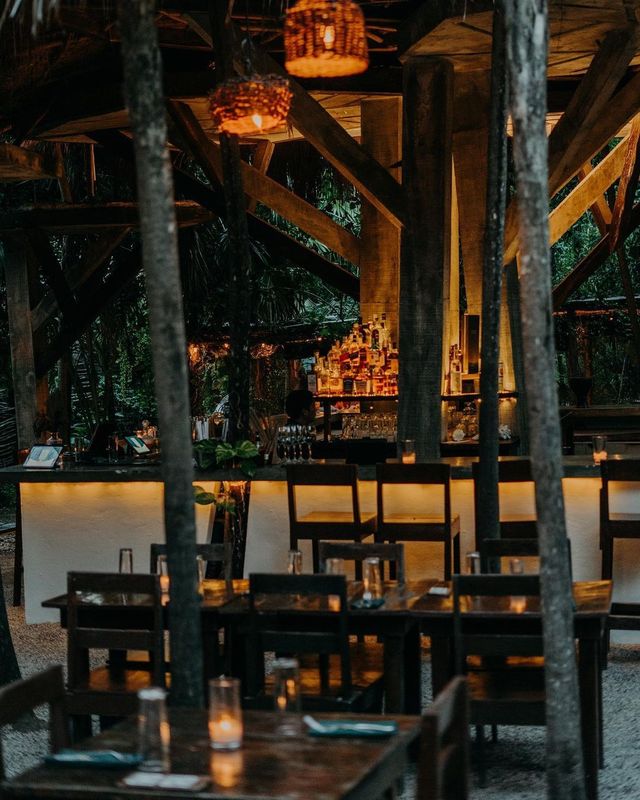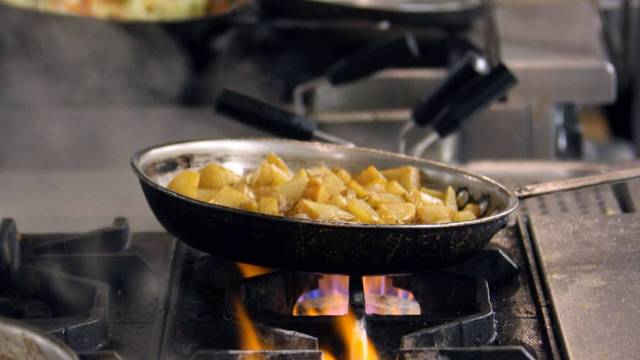Experience the Blend of Cultures in Our Pan-Asian Dining establishment's Eastern Cuisine Offerings
Each recipe on our food selection is a diligently crafted narrative, drawing on the rich heritage of Chinese, Japanese, Thai, Korean, and Vietnamese foods. As you discover the intricacies of our offerings, you'll come across a harmony of flavors that shows the vibrant diversity of these cultures.
Discovering Chinese Cooking Traditions
Chinese cooking practices flaunt an abundant tapestry of tastes and strategies that show the nation's large geographic and multiculturalism. From the intense spices of Sichuan food to the delicate dim amount of Cantonese price, each area presents an unique cooking identity that has been sharpened over centuries. The ideology of balancing tastes-- sweet, sour, bitter, spicy, and salty-- exists at the heart of Chinese food preparation, developing recipes that are not only tasty however additionally harmonious.
Key active ingredients such as soy sauce, ginger, garlic, and sesame oil create the foundation of several typical recipes, contributing to the aromatic and distinct profiles that define Chinese cuisine. Strategies like stir-frying, steaming, and braising demonstrate the ability and virtuosity included in Chinese cooking, each method boosting the natural tastes of the components.
Regional specializeds, such as Peking duck from Beijing, the refined, savory tastes of Shanghai's soup dumplings, and the vibrant, extreme heat of Sichuan warm pot, offer an insight into the culinary heritage of China. In a Pan-Asian dining establishment setting, these typical dishes can be adapted to include different influences, offering patrons a nuanced expedition of Chinese cooking virtuosity.
Savoring Japanese Delicacies

Beginning your culinary journey with sashimi, where the quality of the fish takes spotlight, chopped expertly to improve its natural taste. Our sushi offers an unified blend of vinegared rice and fresh seafood, a homage to the subtlety of Japanese gastronomy. For a warm, comforting experience, attempt our miso soup, a staple that personifies the umami-rich account of fermented soybeans.

Finding Thai Taste Profiles
As we relocate from the fine-tuned elegance of Japanese cuisine, the dynamic and strong flavors of Thai cooking welcome expedition. Thai food is renowned for its unified equilibrium of sweet, sour, salty, and spicy aspects, producing a symphony of preferences that mesmerize the taste. Trick ingredients like lemongrass, kaffir lime leaves, galangal, and Thai basil give aromatic intricacy, while fish sauce and shrimp paste provide deepness and umami.
One can not review Thai flavor profiles without stating the iconic meals that exhibit its cooking viewpoint. The celebrated Tom Yum soup, Get More Info with its fragrant brew, integrates spicy, sour, and savory notes, delivering a preference experience that is both stimulating and calming. asian fusion restaurant. In A Similar Way, Environment-friendly Curry, understood for its rich coconut milk base, showcases the fragile interplay in between sweet taste and spiciness, enhanced by fresh natural herbs and flavors
Thai cuisine additionally places a solid focus on texture, blending crunchy vegetables with tender meats or home fish and shellfish, as seen in dishes like Som Tum (green papaya salad) This balance of textures includes an added layer of enjoyment to the already complex taste profiles. Via these distinctive aspects, Thai cuisine supplies a unforgettable and dynamic culinary trip.
Enjoying Korean Seasoning and Warmth
Oriental food, with its focus on bold spices and fiery warm, uses an unique expedition of flavors distinct from its Oriental counterparts. At the heart of this culinary experience is gochujang, a fermented red chili paste that gives a foundation of pleasant warm and depth. Best ambiance restaurants Islamabad. This versatile component is pivotal in meals such as bibimbap and bulgogi, infusing them with its particular spicy-sweet profile
An additional foundation of Oriental spice is kimchi, a fermented vegetable meal most frequently made from napa cabbage and skilled with chili pepper, ginger, and garlic. Kimchi not only adds a piquant kick to any type of meal however also provides probiotic advantages, making it a staple in Oriental dining.
Furthermore, Korean barbecue highlights the interaction of spice and heat with marinates that frequently integrate gochugaru, a coarse chili powder. This boosts the tastes of smoked meats, creating a nuanced and abundant taste experience.
Our Pan-Asian restaurant proudly embraces these elements, providing diners a genuine taste of Korean warmth and flavor. Each recipe is crafted to ensure that the dynamic tastes and structures of Korean cuisine radiate through, supplying an unforgettable eating experience.
Tasting Vietnamese Quality
Vietnamese cuisine is renowned for its remarkable quality and vivid, floral flavors, creating a distinctive culinary identity within Asia. At the heart of Vietnamese food preparation lies the philosophy of stabilizing contrasting elements-- wonderful, sour, salted, and spicy. This consistency appears in dishes like pho, an aromatic noodle soup that combines aromatic natural herbs such as cilantro and basil with the abundant depth of a beef or chicken brew. The addition of lime and chili improves the intricacy, delivering a revitalizing experience in every dose.
Quality is further exhibited in the famous summer season rolls, referred to as gỏi cuốn. These transparent rice paper rolls are loaded with crisp veggies, fresh herbs, and tender shrimp or pork, come you can check here with by a full-flavored peanut dipping sauce. The fragile yet durable tastes highlight the significance Vietnamese food put on fresh active ingredients.
Our Pan-Asian dining establishment commemorates this cooking practice by sourcing the finest components to recreate genuine Vietnamese recipes. The emphasis on herbs and fresh fruit and vegetables guarantees that each dish is not only aesthetically enticing but likewise a testament to the vivid culture where it stems. Experience Vietnamese freshness with us, where every bite narrates of practice and taste.
Verdict
The Pan-Asian restaurant offers a special culinary experience by harmoniously mixing the rich customs of Chinese, Japanese, Thai, Korean, and Vietnamese foods. Each meal is thoroughly crafted to stress the distinct methods and genuine ingredients of these varied societies, producing a natural yet different gastronomic journey. With an emphasis on freshness, equilibrium, and daring, the restaurant transcends social borders, offering diners with an exemplary combination of flavors that commemorates the significance of Eastern cooking heritage.
While Japanese cuisine is renowned for its simpleness and beauty, it likewise provides a deepness of taste accomplished with thorough prep work and a regard for seasonal ingredients.As we move from the improved beauty of Japanese food, the vibrant and vibrant flavors of Thai cooking invite expedition.One can not discuss Thai flavor profiles without mentioning the iconic dishes that exhibit its culinary ideology.Oriental cuisine, with its focus on vibrant spices and intense heat, provides an unique expedition of tastes unique from its Asian counterparts.Vietnamese cuisine is renowned for its exceptional freshness and vivid, herbaceous flavors, producing a distinct culinary identification within Asia.